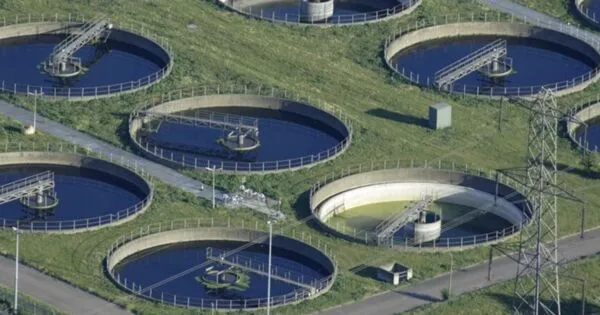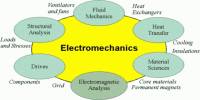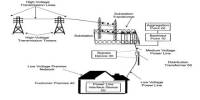Sanitary engineering is a subfield of civil engineering that deals with the design, construction, operation, and maintenance of systems and facilities that protect public health and the environment by overseeing water supply, sanitation, and waste disposal. It is also known as public health engineering or wastewater engineering. It is the use of engineering approaches to improve sanitation in human populations, typically by removing and disposing of human waste, as well as providing safe potable water.
The basic purpose of sanitary engineering is to provide populations with safe drinking water, good sanitation, and efficient waste management. Traditionally a branch of civil engineering and currently a subset of environmental engineering, the subject focused on disease prevention in the mid-nineteenth century, when miasma was assumed to be the cause.
This was mostly accomplished by collecting and segregating sewage flow in London and throughout Great Britain. These and later regulatory reforms were first documented in the United States in 1865. It is also concerned with environmental elements that do not have a direct and obvious impact on public health. Areas outside the purview of sanitary engineering include aesthetic concerns such as landscaping, and environmental conservation as it pertains to plants and animals.
Key aspects of sanitary engineering include:
(1) Water Supply Systems:
- Design and construction of water treatment plants to ensure the supply of clean and safe drinking water.
- Distribution systems to transport treated water to homes, businesses, and industries.
- Maintenance of infrastructure to prevent contamination and ensure water quality.
(2) Sanitation Systems:
- Design and implementation of sewage collection and treatment systems.
- Development of technologies for wastewater treatment to remove contaminants before discharge.
- Construction and maintenance of sanitation infrastructure, such as sewer lines and treatment plants.
(3) Stormwater Management:
- Designing systems to manage and control stormwater runoff to prevent flooding and water pollution.
- Implementation of sustainable practices, such as green infrastructure, to manage stormwater in an environmentally friendly manner.
(4) Solid Waste Management:
- Designing and planning systems for the collection, transportation, and disposal of solid waste.
- Promoting recycling and waste reduction practices to minimize the environmental impact of solid waste.
(5) Environmental Engineering:
- Addressing environmental issues related to water and air quality, soil contamination, and other pollutants.
- Developing strategies and technologies to mitigate the impact of human activities on the environment.
Skills within this field are usually employed for the primary goal of disease prevention among human beings by assuring a supply of healthy drinking water, treatment of wastewater, and removal of garbage from inhabited areas.
Sanitary engineers work closely with other professionals, including environmental scientists, public health officials, urban planners, and policymakers, to address complex challenges related to water and sanitation infrastructure. Their work plays a crucial role in safeguarding public health and promoting sustainable development.
















